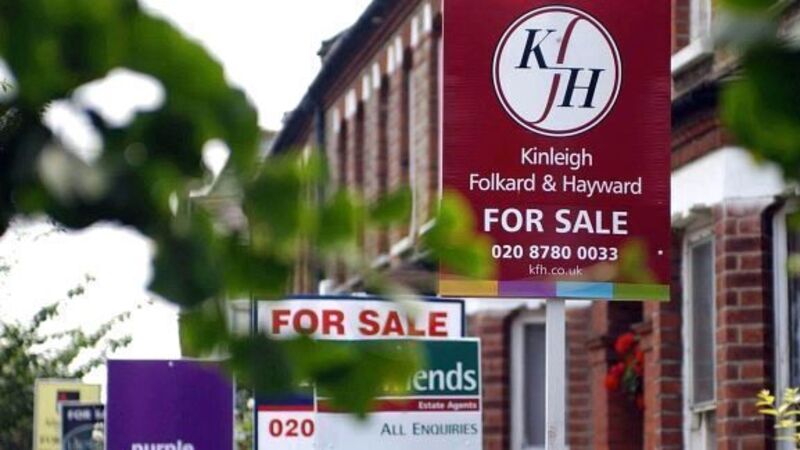Number of UK residents in mortgage arrears rises

The number of people struggling to keep up with their mortgage in the UK increased for the first time in two years during the final quarter of 2010, figures show.
Around 38,800 homeowners got into mortgage arrears during the three months, 6% more than during the third quarter and the first increase since the final quarter of 2008, the Financial Services Authority (FSA) said.
But despite the rise in new cases, the total number of people who were in arrears of at least 1.5% of their outstanding mortgage fell for the eighth consecutive quarter to 343,400, 7% down on the same period of 2009.
Just under 6% of these borrowers have reached an agreement with their lender under which they are making only partial repayments, or their repayments have been temporarily suspended altogether.
A further 13,764 homeowners also collectively had £40m (€46.15m) of arrears added to their outstanding mortgage during the fourth quarter as a way of helping them to get back on track.
Overall, lenders are currently receiving around 56% of the repayments that are due from borrowers who are in arrears, well up on the 41% they were receiving at the end of 2008.
Repossessions fell by 10% during the three months to 8,246, giving a total of 37,819 people who lost their home during the whole of 2010, well down on 2009's figure of 52,963 and the lowest level since 2007.
Today's figures are in line with ones reported by the Council of Mortgage Lenders (CML), which showed that the number of homes that were repossessed fell to 7,900 during the fourth quarter. A further 169,600 people were in arrears of 2.5% or more of their mortgage balance.
The CML said a total of 36,300 properties were repossessed during the whole of 2010, also the lowest level for three years.
The FSA's figures are higher than the CML's because they include second-charge mortgages and loans advanced by lenders who are not CML members.
Repossession levels have remained lower than expected during the economic downturn due to a combination of low interest rates, British government support schemes and increased forbearance by lenders.
The FSA's figures also showed little sign that the mortgage market was improving, with total advances falling by 10% during the final three months of the year, compared with the previous quarter, to just £36.8bn (€42.45bn).
Net advances, which strip out redemptions and repayments, dropped to their lowest level since the first quarter of 2009 at £3.4bn (€3.9bn), while the value of all mortgages approved was 9% lower at £34.6bn (€39.9bn).
There was a marked shift in the number of people opting for fixed rate deals during 2010, as homeowners braced themselves for higher interest rates.
The FSA said 46% of all mortgages taken out during the fourth quarter were fixed rate ones, up from 36% at the beginning of the year.
















